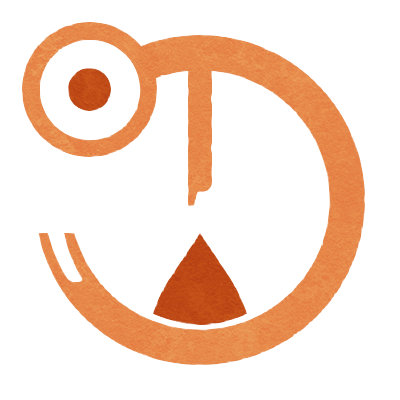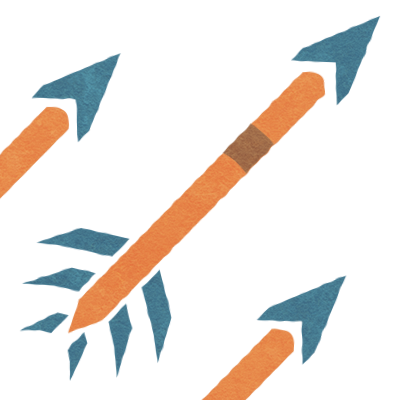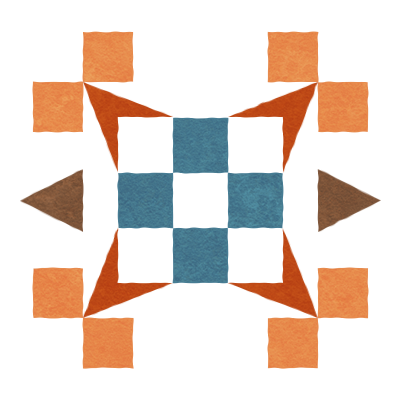We bleed so that the earth may be saturated with the waters of our flesh, so that our crops may grow, our flowers may bloom, and the gods above, alongside us, remain alive.Chlotoun is a tributary state of Rektouzk that lies directly south of the affluent nation. It is a country whose history is seeped in blood, which continues to spill on a constant basis.
A Bloodied History
We are free! We are free! The gods you removed sweat with anger, and I am their feet, come to stamp your power from this land.The palace walls began to crack and crumble, and its pillars fell, and finally— before the tichan could escape— the entire structure collapsed, killing all inside. Choutl was thrown into disarray without their ruler, and with Yilchet ravaging the city, freeing slaves, its fortifications were further weakened. Within the following months, the subjugated city-states were finally able to overthrow their rulers. She was soon after crowned as their new ruler, Tichepluezet. She was told that the other gods had died from the long lack of worship, and for Tuizotetikli to maintain enough power to fulfill their roles, continuous sacrifices would be necessary. Even after Tichepluezet's death, traditions of sacrifice and bloodletting would continue, as priests and rulers alike believed it to maintain the very world around them. Tichepluezet was believed to join Tuizotekikli in godhood, watching and guiding her people still alongside the first god, through a sacred pool of blood known as the Tnoutzet with which the nation's rulers commune to this day.
Governing Structure
Architecture
Assets, Industry, & Trade
Wood and stone
The two primary exports of Chlotoun are limestone and the prized blood-red wood of the lacipex tree. The latter is often sent to Romtol and worked by their artisans into awe-inspiring jewelry, furniture, and weaponry. In their own borders, lacipex is used to construct buildings that beautifully contrast the grey stone around them.Blood rain
Crops within Chlotoun grow with reddish tints and vein-like protrusions along their surfaces, all carrying a slight taste of iron. These crops with and die upon exiting Chlotoun's borders, so they cannot be traded with the rest of the world— not that there are many who would wish for them to begin with.A Disbanded force
We do not ask why it is, we already understand.
Qepluezet noulikix
(Made by blood)
Kloh-toon
Type
Geopolitical, Country
Government System
Monarchy, Absolute
Major Exports
Limestone, lacipex wood, obsidian, fish.
Major Imports
Gold, iron, yntxol, corn.
Official State Religion
Official Languages
Neighboring Nations
Related Ethnicities
Red-stained
Much of the land of Chlotoun is tinted red, as if the blood of its people has literally saturated the soil. Yet this is not the case. The faithful believe this to be the doing of their gods, as a show of their blessings. Rain, even, is almost blood-red, though still very much water— containing more iron than normal.Heart of the land
A holy site, near the center of the nation lies a peculiarly shaped chunk of obsidian. This grand stone, towering over any man, lies in the shape of a human heart. This is not a natural formation— instead, it was a great sculpture built on the orders of Tichepluezet herself. Some believe it to be more than a symbol, and instead see it as the literal heart of their land, claiming that they can hear it beat and see it move ever so slowly. It does, in fact, move— beating as a heart would, though it does so at an extraordinarily slow pace.We listen to the heart of the land so that it stays in good health. Should danger come, its beat quickens. If it sickens, the beat slows down— and we must act.It is believed to have foretold numerous disasters throughout Chlotoun's history. Everything from plagues and hurricanes to war. Despite this, it is not officially recognized as more than a holy statue— though it is still closely guarded. Should all believe the tales, and pilgrims flock to the site— then those in power may not be able to listen to the heart's warning.





Comments